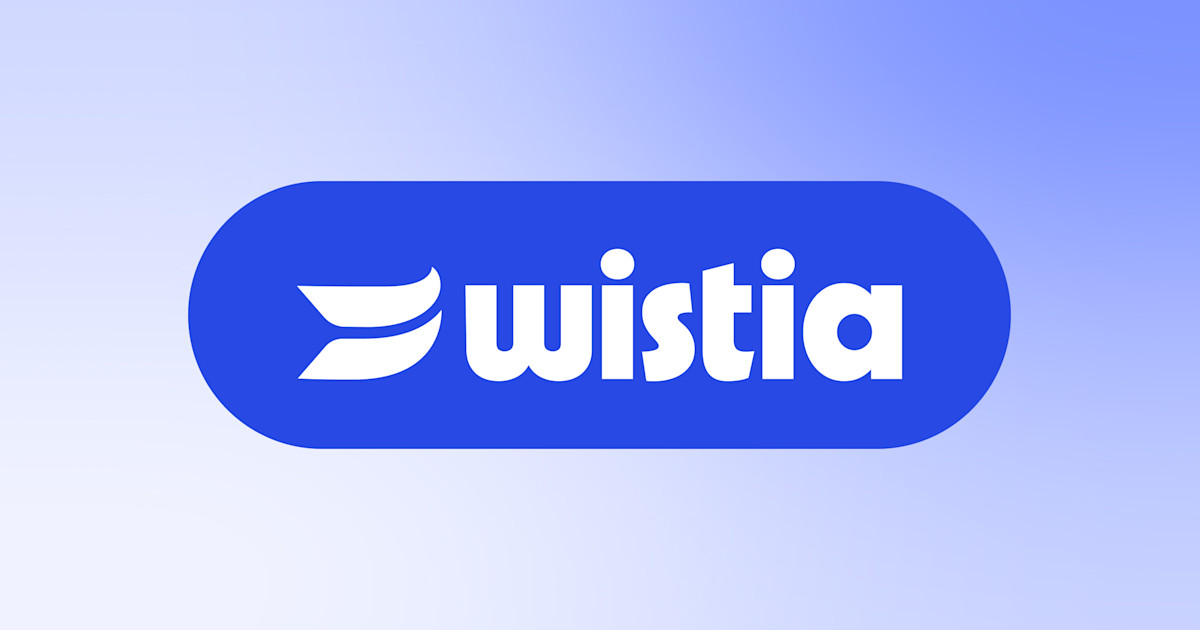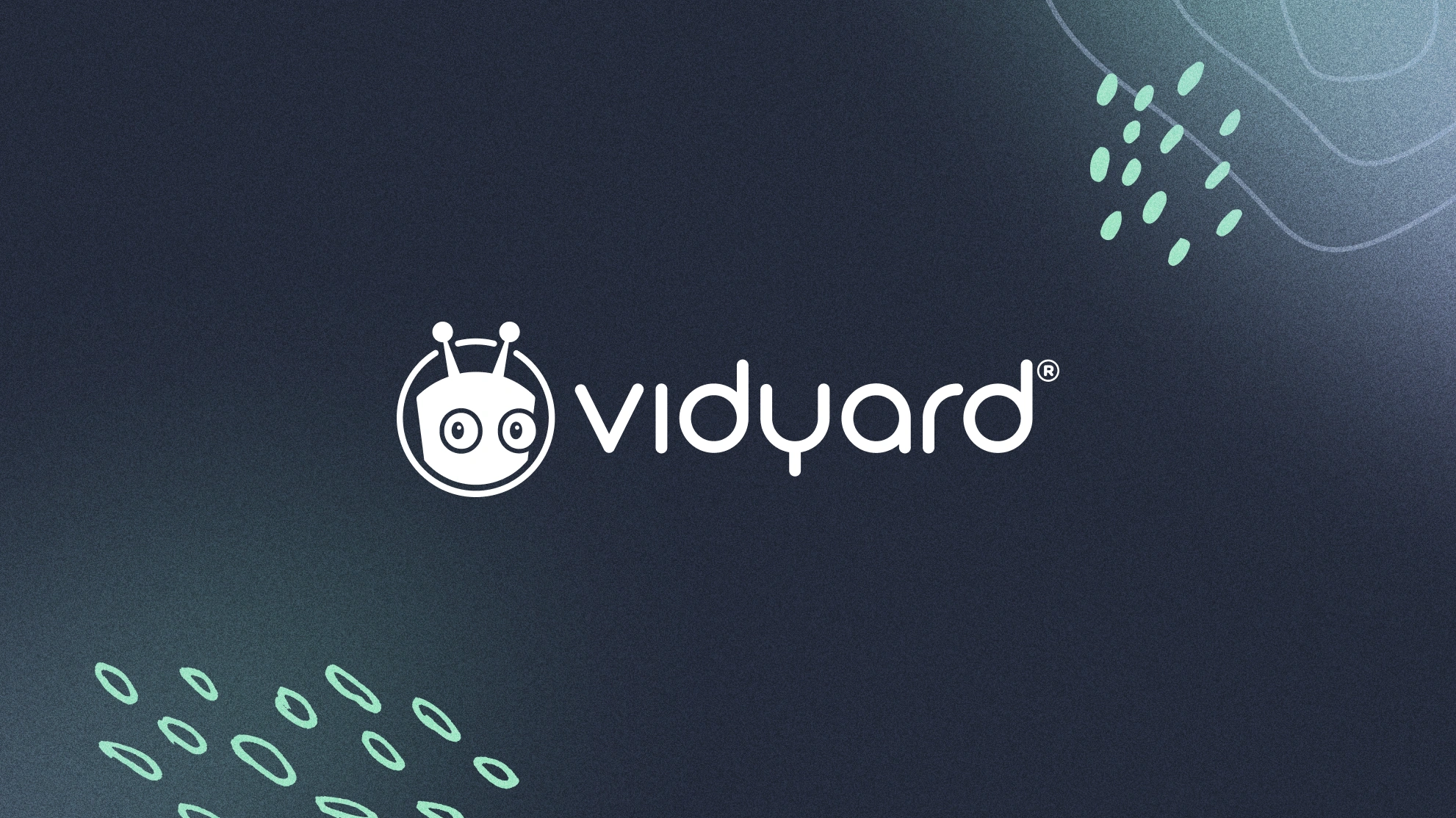| So you’re ready to drop your videos onto a delighted audience and get your messaging out there in a big way. But where do you put them all? Check out our ultimate guide on how to pick the best video hosting platform that meets your specific needs and requirements! |
A wise man once said, “you don’t need to use a battleship to cross a small river.”
Similarly, picking the right video hosting service isn’t just about finding a place to store your videos—it’s about finding the right platform to amplify your message, engage your audience, and drive measurable results.
Whether you're uploading an animated explainer, a testimonial, or a brand story, choosing the right hosting platform makes all the difference.
The good news? Between video hosting and video distributing platforms, you’ve got plenty of options.
The bad news? They serve different purposes, and with so many choices, things can get confusing when you’re just starting out.
So in this guide, we’ll walk you through the top video hosting platforms, key benefits, smart best practices, and the real-world insights that will help your video content really thrive.
- Why It’s Important to Choose the Right Video Hosting Platform
- Top Video-Hosting Platforms in 2025
- YouTube: The go-to video search engine.
- Vimeo: Polished, professional, and brand-first.
- Wistia: Built for lead gen and B2B teams.
- Brightcove: Enterprise-grade video streaming company.
- Vidyard: Video with sales-ready flair.
- Internal / Private video hosting / Self-hosted: Secure Video Hosting, full control, full responsibility.
- Key Benefits of Strategic Video Hosting
- Best Video Hosting Solution Practices to Max Out Your Video Strategy
- Match Platform to Goal
- Customize Your Player
- Include Captions & Transcripts
- Add Interactive Hotspots
- Use Video SEO Tools
- Analyze Engagement Data
- Optimize Video Delivery
- Secure & Protect Content
- Plan a Multi-Channel Release
- Keep Content Fresh
- Video Hosting Service Trends in 2025
- Implementation Scenarios: Real Use Cases by Platform
- When You Should Self‑Host / Go With Private Video Hosting
Why It’s Important to Choose the Right Video Hosting Platform?
- Performance and reliability: Slow playback or buffering kills engagement fast. You need a host that delivers quality across all devices, all the time.
- SEO and discoverability: On-platform search, transcripts, metadata—these are all things that will help your videos pop to the top across search results and social feeds.
- Control over embedding: Want branded player colors, custom calls-to-action, or domain restrictions? Not all video hosting platforms offer video marketing tools, so check carefully.
- Analytics to improve results: Lots of views are great, especially when you strike gold and your video goes viral. But you also want watch time, engagement rate, drop-off points—so you can run analytics and optimize easily.
At the end of the day, picking the right video hosting platform is where strategy meets execution.
Choose the wrong one and your videos underperform. Pick the right one, and they become traffic magnets, lead generators, and brand builders.
It’s as important as having the right video making tools themselves.
Top Video-Hosting Platforms in 2025
Here’s a breakdown of the most popular video hosting sites, from free social sites to feature-packed professional hubs, to help you choose the right video hosting platform for your specific needs:
YouTube: The go-to video search engine

- Pros: The most popular website on the entire internet after Google itself, YouTube needs no introduction. Massive reach, free video hosting online, rich discovery, SEO benefits, monetization options.
- Cons: Less player customization, pre-roll ads (unless monetized), and suggested videos can distract viewers.
Best for brand awareness videos, organic reach, and explainer videos that can be discovered over time.
Vimeo: Polished, professional, and brand-first.

- Pros: Ad-free experience, customizable video player, password protection, in-depth analytics.
- Cons: Annoying paywalls on top-tier features, smaller audience than YouTube.
Best for B2B videos, SaaS videos, marketing videos, and product demo videos that need sleek presentation and clean branding.
Wistia: Built for lead gen and B2B teams.

- Pros: Lead-gen overlays, CTAs, email capture forms, heatmaps, CRM integrations.
- Cons: Higher cost, smaller ecosystem (no native SEO reach like YouTube).
Best for converting viewers into leads—especially effective for corporate animated explainers and demo videos.
Brightcove: Enterprise-grade video streaming company.

- Pros: Live streaming, ad management, powerful API features, secure access control.
- Cons: Pricey and complex—usually overkill for smaller operations.
Best for large organizations needing scale, live events, secure playback, or advanced monetization.
Vidyard: Video with sales-ready flair.

- Pros: Personalized video messages, embedded CTAs, CRM integration, video email tracking.
- Cons: Targeted at sales teams—not always ideal for broader marketing audiences.
Best for sales outreach videos, customer onboarding videos, and internal training videos.
Internal / Private video hosting / Self-hosted: Secure Video Hosting, full control, full responsibility.
- Pros: 100% control over branding, player, data, and user experience.
- Cons: Heavy lifting on infrastructure, maintenance, security, and ensuring smooth playback.
Best for enterprises with strong tech teams and video-heavy platforms.
Key Benefits of Strategic Video Hosting
- Boost conversion rates: Video on landing pages can increase conversions up to 80%.
- Reveal user behavior: Analytics like heatmaps show where viewers lose interest—so you can refine.
- Enhance brand recall: A polished player + captions = more trust, more click-throughs.
- Boost SEO visibility: Videos rank in Google results—especially with transcripts, metadata, and schema markup.
- Maximize lead gen with interactivity: Overlays, turnstiles, CTAs, forms—all baked into video playback.
Best Video Hosting Solution Practices to Max Out Your Video Strategy
1. Match Platform to Goal
- YouTube = reach and organic growth
- Wistia/Vimeo = brand presentation and engagement
- Vidyard/Wistia = lead capture and selling
- Brightcove = enterprise video infrastructure
Choose the right hosting solution for your exact goal—not just the one that’s easiest or free.
2. Customize Your Player
- Brand colors, logo, and curated end screens
- Custom thumbnail and play button
- Turn off related video suggestions (on Vimeo, Wistia)
- Limit volume controls or autoplay based on context
3. Include Captions & Transcripts
- Remember that over 85% of videos are watched on mute
- Use captions improve accessibility, engagement, and SEO
- Make use of available auto-caption tools—but also edit them for accuracy
4. Add Interactive Hotspots
- Link to relevant blog posts, landing pages, product demos
- Embed CTAs like “Book a Demo” where viewer interest peaks
- Capture email with in-video forms or overlays
5. Use Video SEO Tools
- Add a descriptive title, optimized tags, keyword-rich descriptions
- Upload transcript files
- Use schema markup to enhance search features
6. Analyze Engagement Data
- Watch time, drop-off time, replay points—spot improvement areas
- A/B test thumbnails, video length, CTAs, and embeddable placement
- Put “What's working?” insights into practice—fast
7. Optimize Video Delivery
- Compress files for fast load times without losing quality
- Host your video, but serve thumbnails on main page to speed load
- Test them all out on desktop, tablet, mobile—make sure all videos render smoothly
8. Secure & Protect Content
- Use password protection, domain-level restrictions, or private links as part of an authorization system
- Gate premium content via forms or basic email capture
- For paid content, use tokenized access and DRM if needed
9. Plan a Multi-Channel Release
- Share teaser clips on LinkedIn, Instagram, Twitter / X
- Embed full video on your website and landing pages
- Distribute in email newsletters and video ads
- Reset metadata to match each channel or audience
10. Keep Content Fresh
- Refresh evergreen videos every 6–12 months
- Repurpose longer content into clips or GIFs
- Update visuals or scripting to reflect renaming, rebranding, or new features
Video Hosting Service Trends in 2025
- Interactive video is booming: Shoppable overlays, quizzes, lead forms—integrated into the player itself.
- Personalized landing page videos: Video hosting sites like Vidyard and Wistia make it easy to auto-insert viewer-first names or company info.
- AI-powered insights: Auto-chapters, sentiment heatmaps, and auto-thumbnail suggestions.
- Private video portals: Employee onboarding videos and training videos often live in secure walled gardens, limiting their accessibility and reach.
- Live/On-demand mashups: Livestreams repackaged into bite-size content automatically post-stream.
These developments all point to one thing: hosting platforms are becoming content platforms—offering more than just playback. They are lead engines, experience enhancers, and ROI drivers.
Implementation Scenarios: Real Use Cases by Platform
|
Goal
|
Platform
|
Implementation
|
|
Build SEO and organic traffic
|
YouTube
Website
|
SEO-optimised explainers + embedded website copies
|
|
Generate B2B leads
|
Wistia
Vidyard
|
Lead capture overlays + demos
|
|
Onboard customers internally
|
Private Brightcove portal
|
Seamless employee access + analytics
|
|
Broadcast live product launches
|
Brightcove or Vimeo + repurpose
|
Host and record; slice out feature clips for email
|
|
Educate with case studies
|
Vimeo (privacy) + playback
|
Share via private links or gated form
|
When You Should Self‑Host / Go With Private Video Hosting
This is for tech-heavy teams with advanced needs:
- Full branding freedom: total player styling, identity alignment
- Infrastructure integration: deliver via your own CDN or AWS setup
- Strict control: access tokens, firewall restrictions, bandwidth control
- Cost scalability: if hosting 1,000+ videos in-house outweighs third-party costs
Also, always weigh dev/infra burden against improved control and customizability.
Final Takeaways
- Pick platforms that match your goals—not just the cheapest or most familiar.
- Customize, caption, gate, analyze—don’t just upload and forget.
- Embed intelligence—interactive, optimized, human-first.
- Refresh, repurpose, retarget—keep content alive.
- Scale smart—use hosting options that grow with your needs, without breaking the bank.
The right video hosting setup turns content into conversion. And that’s what modern business demands.
If you have more video questions or feel ready to elevate your hosting game—give us a shout!








No Comments Yet
Let us know what you think